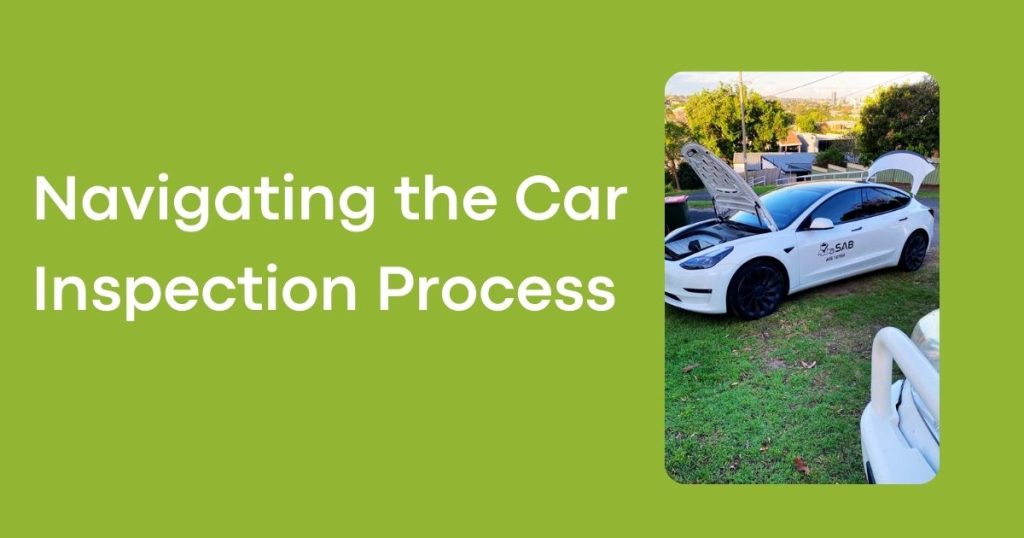Buying a used car is always a bit of a gamble. Without knowing how the previous owner treated the vehicle, it’s impossible to be sure what kinds of issues might be lurking under the hood. However, you can significantly reduce your risk by implementing a rigorous car inspection process. Taking the time to thoroughly inspect any used vehicle before purchase can potentially save you thousands in repair costs down the road. Here’s a step-by-step guide to the car inspection process that all buyers should follow.
Research Common Issues with the Vehicle Make and Model
The first step in the car inspection process is doing your research. Before even looking at vehicles, spend some time learning about the specific make and model you’re interested in. Are there any common defects, problem areas, or recall notices associated with that particular vehicle line? This could include issues like faulty transmissions, leaky gaskets, or electrical glitches. Check websites like CarComplaints.com to see what past owners say about the vehicle’s weaknesses. And search the NHTSA database for recall information. Going into the shopping process informed about a model’s problem spots will allow you to raise these concerns during the inspection.
Find an ASE Certified Mechanic You Trust
The quality of the inspection relies heavily on the expertise of the mechanic performing it. Finding an experienced technician you trust is key to an effective car inspection process. Look for mechanics who are ASE certified in areas like engine performance and electronics, as this indicates advanced training. It’s ideal if you can find a mechanic shop that specializes in the make of vehicle you’re considering. Dealer mechanics may have the most specialized knowledge about the model’s nuances. The inspector should thoroughly road test the vehicle, put it up on a lift, and use computer diagnostics during the inspection process. This gives them maximum insight into any issues.
Request a Written Inspection Checklist Report
A reputable mechanic shop will provide a comprehensive, written report of their inspection findings. This serves as documentation of everything they checked under the hood. The report should cover the engine, transmission, drivetrain, brakes, steering, suspension, electrical components, computer systems, and safety features at a minimum. You can expect to pay approximately $100-$200 for such a multipoint inspection. Use this report to understand any problems found, then go back to the seller to negotiate a lower price accordingly. If the report uncovers too many major issues, you also have the option to walk away from the deal altogether.
Take it for an Extensive Test Drive
While the pro mechanic does the official inspection, you should still do your own thorough test drive as well. Take the car out on a lengthier spin encompassing different roads, speeds, and conditions. Be alert for any odd noises, smells, or feelings that could indicate issues. Pay attention to things like ride quality, handling, alignment, and acceleration power. Are there any pulls, vibrations, or sluggishness? Use all your senses to detect potential problems before completing the purchase. Don’t rely entirely on the inspection report.
Verify Recommended Repairs Were Completed
In most cases, the inspector will recommend having certain issues repaired before finalizing the sale. Once you have an estimate in hand for these repairs, make sure they are properly completed prior to purchase. For instance, if the mechanic advised replacing the brake pads, test drive the car again afterwards and confirm the brake performance feels significantly improved. You want solid proof that any major defects called out in the inspection were fully fixed. Don’t take the seller’s word for it.
Following the Car Inspection Process Protects Your Investment
While the car inspection process requires some extra time and money on the front end, it can save you from expensive headaches later on. Identifying problems early allows you to negotiate a fair price that reflects the true condition of the vehicle. It also guards against safety issues or total breakdowns shortly after purchase. For most buyers, the peace of mind gained makes the inspection process well worth the effort. By being an informed and methodical shopper, you can find a quality pre-owned car that will reliably meet your needs and budget.In addition, understanding roadworthy certificate guidelines is an essential part of the purchasing process. These guidelines ensure that the vehicle you’re considering complies with roadworthiness and safety standards, further enhancing your confidence in the quality and safety of your chosen vehicle. By incorporating roadworthy certificate guidelines into your checklist, you’re taking a proactive step in making a secure and well-informed vehicle purchase. Use these tips to make your next used vehicle purchase a smooth and satisfying one.
